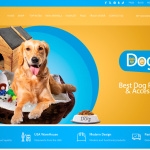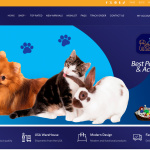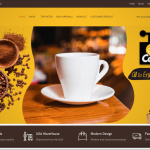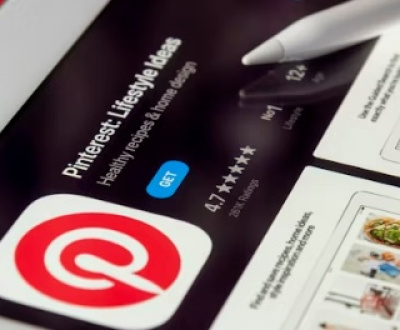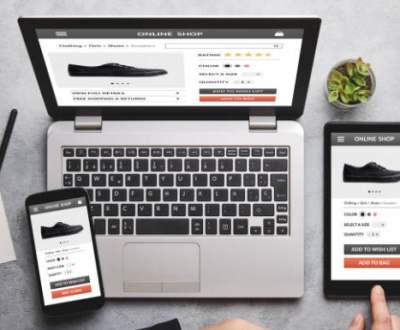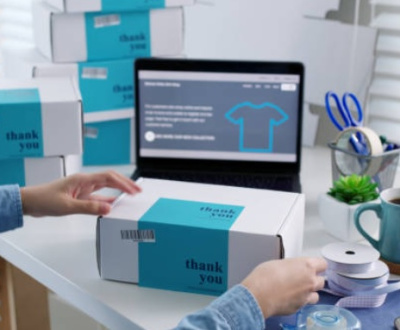
How to Start an Ecommerce Business in 2024. I'm sure your feed has been flooded with make money online videos, you're probably overwhelmed and lost as to where to even ...
This video course aims to simplify the complex world of e-commerce for beginners
By condensing scattered online advice into clear, actionable steps. The instructor shares insights from their personal experience in dropshipping and explains two key product research strategies: the Top-Down Method, focusing on niche audiences and unique products, and the Bottom-Up Approach, which starts with trending products and identifies target markets. Tools like Amazon Movers & Shakers, Etsy Trend Analysis, Google Trends. And AutoDS are highlighted for product validation and supplier connections.
The course also emphasizes supplier sourcing through platforms like AliExpress
1688, and Alibaba, explaining how to vet suppliers, negotiate pricing, and streamline logistics. Website creation advice includes picking a flexible brand name, using Shopify templates, and leveraging AI tools for quick setup. The instructor stresses the importance of launching quickly rather than obsessing over perfection, advocating for a first-mover advantage. Finally, the course hints at the significance of marketing funnels to drive traffic and convert visitors into customers.
The guide offers practical strategies for launching and scaling an e-commerce business in 2024. It emphasizes the importance of user-generated content (UGC) ads that mimic organic videos, recommending tools like Viral Ecom Ads and their Viral Ecom Creators program for affordable content creator access. Performance tracking is essential, and testing UGC videos organically before investing in paid campaigns helps avoid unnecessary costs.
For scaling, Facebook Advantage Plus campaigns simplify targeting, allowing focus on creatives. The text advises gradually increasing ad budgets if Return on Ad Spend (ROAS) remains profitable.
A compelling offer is highlighted as the backbone of successful marketing. Focusing on customer desires rather than product features. Examples include money-back guarantees, warranties, or bundle deals.
Branding is another key focus—starting with a simple logo (easily created using tools like Canva). A clear brand message aligned with customer desires, and a professional brand email for customer communication.
The guide concludes with encouragement to build trust, loyalty programs, and emphasizes that a strong brand and a compelling offer are fundamental to driving repeat sales and long-term success.
The Future of E-Commerce: How Business Online is Changing the Retail Landscape
What is Shopify & How Does It Work? [E-Commerce Beginners: Start Here]

